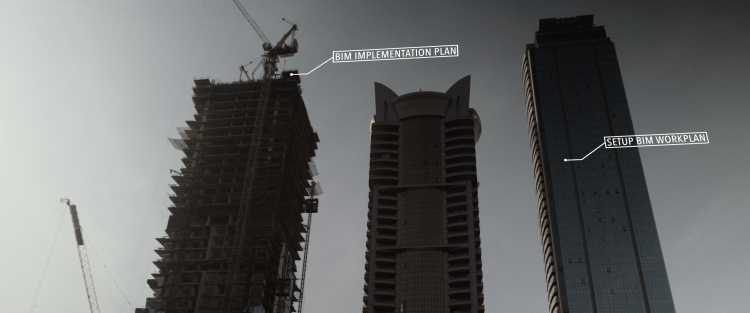



UniFormat is a classification system used in the construction industry in the United States and Canada. It is a standard for organizing building specifications, cost estimating, and cost analysis, and is based on the major components common to most buildings. UniFormat was developed through an industry and government consensus, and has been widely accepted as an ASTM standard. It is organized into level 1 categories, which include Substructure, Shell, Interiors, Services, Equipment and Furnishings, Special Construction and Demolition, and Building Sitework. It also includes level 2 and level 3 categories, which provide additional detail and specificity.
This blog post is a part of a series focused on classification management in BIM. To gain a complete understanding of the subject, it is recommended to follow the reading order below:
UniFormat is organized into level 1 categories, which include Substructure, Shell, Interiors, Services, Equipment and Furnishings, Special Construction and Demolition, and Building Sitework. It also includes level 2 and level 3 categories, which provide additional detail and specificity. For example, the level 1 category of Substructure includes level 2 categories such as Foundations and Basement Construction, which are then further divided into level 3 categories such as Standard Foundations and Basement Excavation.
The importance of classification management cannot be overstated. With the increasing reliance on "smart building technologies" and building information modeling (BIM) in the construction industry, there is a greater need for harmonization in the way that information is classified. This helps to ensure that data can be easily accessed and reused by all parties involved in a project, leading to cost savings and increased efficiency.
Overall, UniFormat is a valuable tool for providing consistency and organization in the economic evaluation of building projects. It enables easier communication and collaboration between parties involved in a project, and helps to ensure that all relevant information is accounted for in cost estimates and analysis.
Copyright © 2024 The BIM Engineers. All Rights Reserved | Design & Developed by Prettify Creative